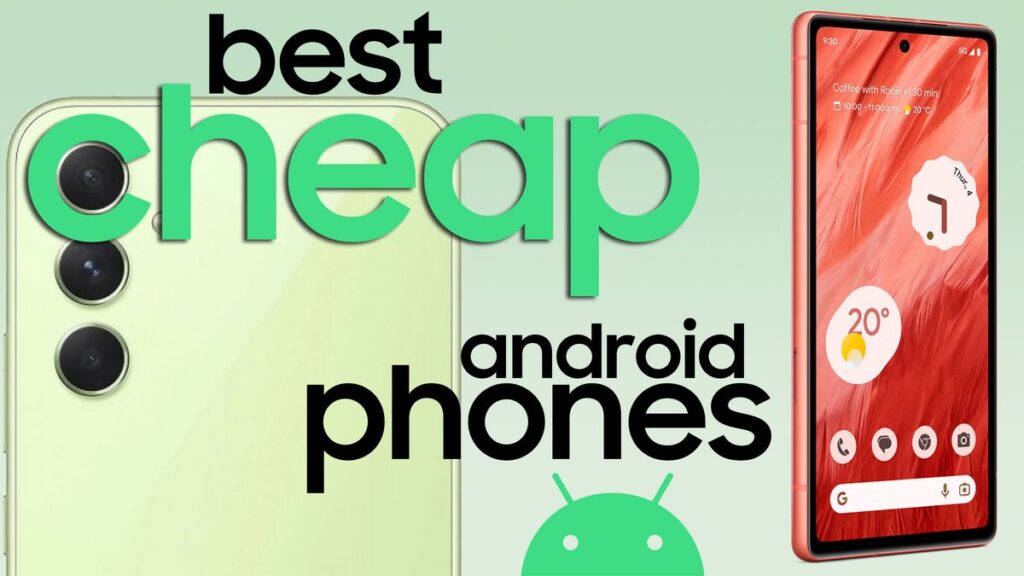If you’re on the hunt for the best cheap Android phone, you’ve come to the right place. From flagship-quality smartphones to decent budget models, from Google to Samsung, these are the best devices you can get today for $500 or less.
While phones at some of these prices can’t be stellar across the board — lower budgets inevitably mean compromises somewhere — but we’ve thoroughly researched all of the picks in this guide and stand by each one. After you finish reading this guide, you won’t be left waiting for the other shoe to drop. Our top pick continues to be the Google Pixel 8a, thanks to the incredible value it offers. You also get incredible camera software and it uses the same chipset found in the Google Pixel 8 Pro, one of our favorite Android phones on the market today.

Nick Sutrich
Nick grew up in a telecom-savvy household and has been reviewing phones since 2011. Whether it’s waxing poetic about Nokia’s glory days or flipping open the latest foldable phones, he knows what makes a good phone and can help you understand which one to pick.
At a glance
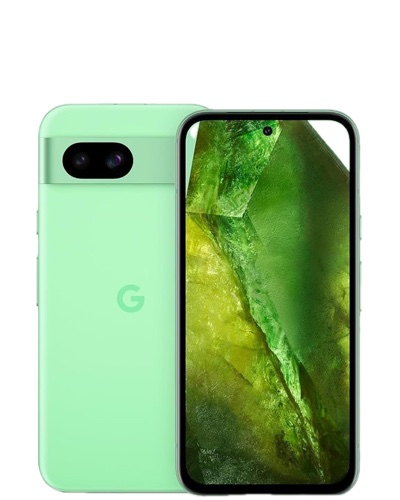
Best overall
The Pixel 8a’s refined design and scrumptious cameras may not seem like major upgrades, but it’s still the cream of the crop, and Google finally gave us a 256GB version we’ve spent half a decade asking for!
Read more below.
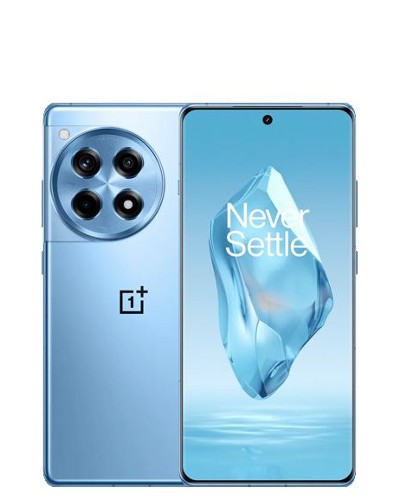
Best value flagship
The OnePlus 12R offers some serious horsepower in this segment, with a flagship processor and main camera, and class-leading battery life.
Read more below.
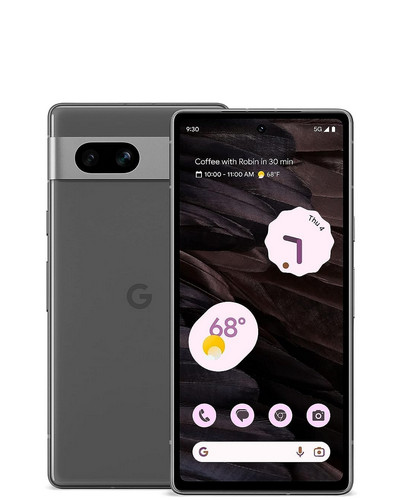
Best on sale
Now that the Pixel 8a is out, it’s the one to buy if you’re buying at regular price, but deals are magnitudes easier to find on the Pixel 7a, letting you save money on what is 93% the same phone experience.
Read more below.
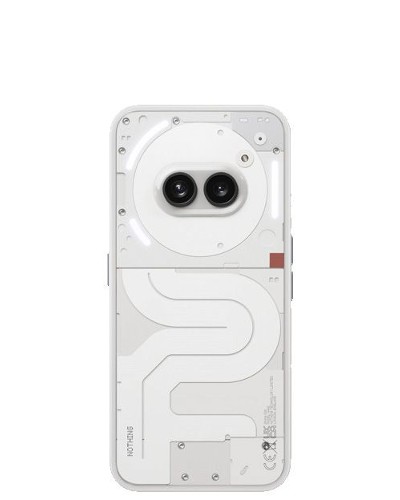
Best design
The Nothing Phone 2a features an eye-catching transparent back design and glyph lights, similar to the Phone 2. For the price, it offers very good mid-range specs that checks most of the boxes.
Read more below.
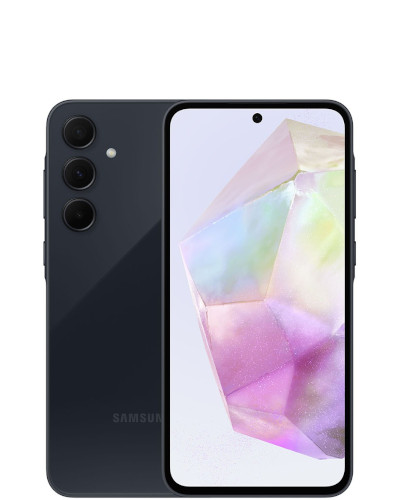
Best for Galaxy fans
The best in Samsung’s affordable A series, the Galaxy A35 boasts a stunning AMOLED 120Hz display, large 5,000mAh battery, and some decent-for-the-price cameras.
Read more below.
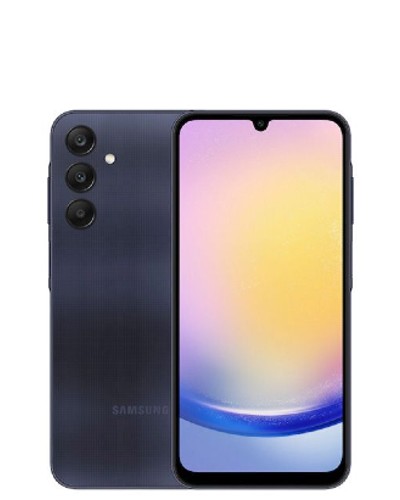
Best under $300
The Samsung Galaxy A25 is an excellent budget smartphone with a 120Hz AMOLED display, a 50MP OIS main camera, and four generations of Android updates.
Read more below.
Load the next product ↓
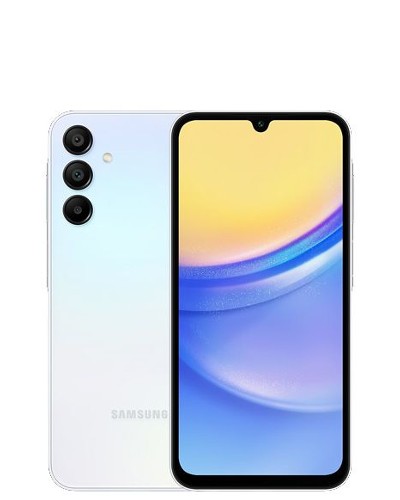
Best under $200
It’s hard to get more bang for your buck than the Galaxy A15 5G. You get Android 14, an AMOLED display, decent cameras, and 25W fast charging. That’s crazy-good value!
Read more below.
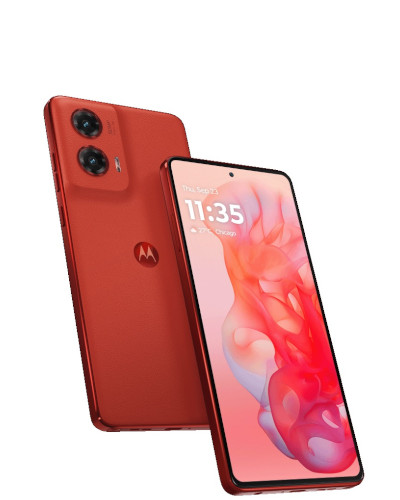
8. Moto G Stylus 5G (2024)
Best stylus phone
Relatively unheard of in this price range, the Moto G Stylus 5G (2024) features a massive 6.7-inch 120Hz display with a built-in stylus, plus a big 5,000mAh battery and a headphone jack.
Read more below.
Best overall
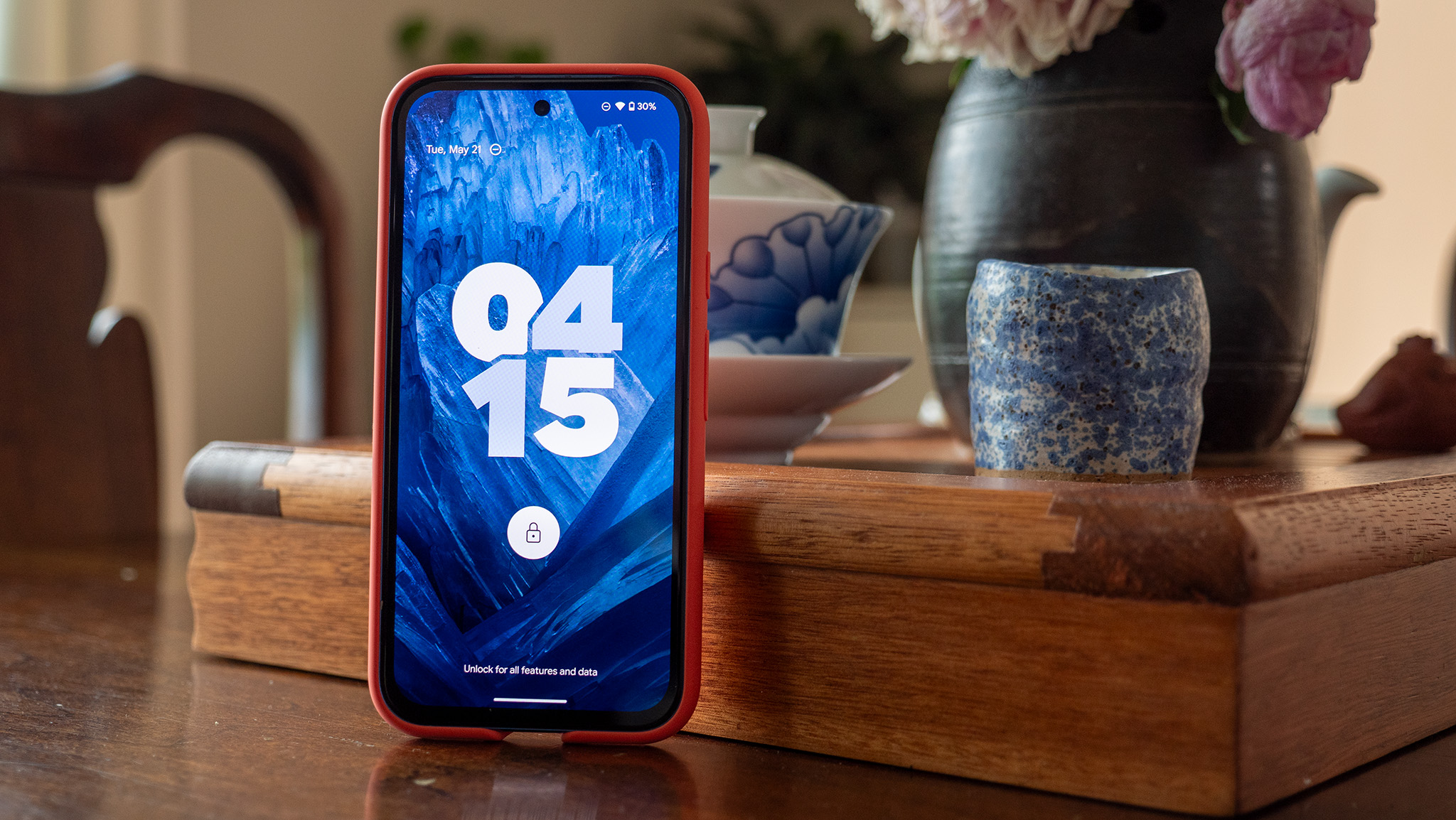
Even in a normal year, the decision between the flagship Google Pixel and the cheaper A-series is difficult to put aside, and with the Google Pixel 8a, it’s impossible to ignore. Offering almost identical performance — outside the cameras, charging, and screen technology — for $200 less, the Google Pixel 8a makes a strong case for itself as not just the best cheap Android phone you can buy today but one of the best Android phones you can buy today.
Year-over-year improvements for Google’s Tensor SoC (system-on-a-chip) chipset were best described as “appreciated, but minimal” between the G1 and G2, but the Tensor G3 inside the Pixel 8a actually offers a significant performance boost this year. According to the benchmarks we ran, the NPU (neural processing unit) responsible for powering all the fun new AI features performed better inside the Google Pixel 8a, though there’s been a bit of stumbling while multitasking.
The softer corners and refined air help further sell the Pixel 8a’s image as a flagship in everything but the price — and charging speed — as well as adorable colors like the vibrant-yet-soothing Aloe green and that beautiful bae Bay blue and the 6.1-inch, 120Hz Actua display. Google forgoing LTPO technology in the screen means that users sensitive to PWM flicker might need to look elsewhere.
Despite being Google’s budget offering, the Pixel 8a is all set to receive the same long-term software update commitment of seven years, just like the rest of the series. Cameras are still the highlight here, producing nearly identical results as the 7a. For the shutterbugs and videographers needing more local storage for those TikTok challenge videos, we finally have a 256GB storage option.
Best value flagship
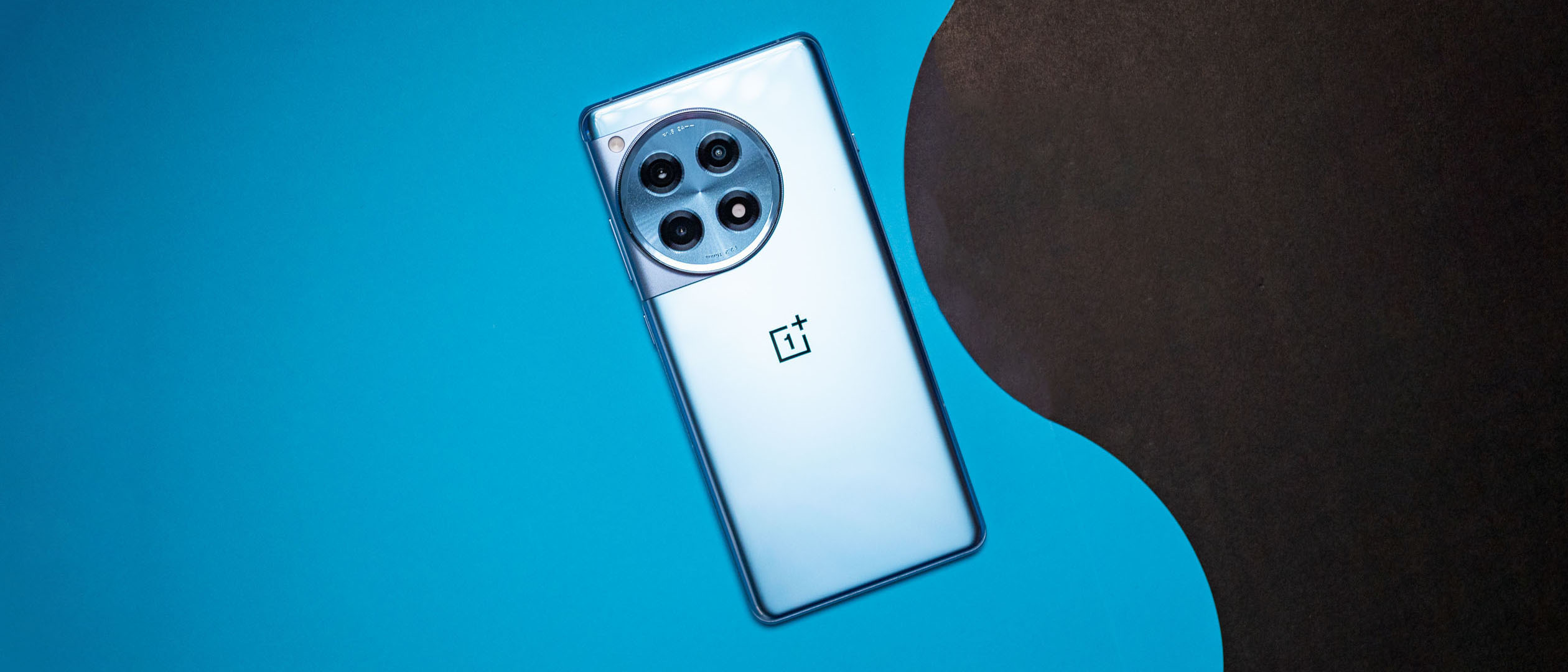
The OnePlus 12R is one of the best unlocked phones you can buy in the US, but those looking for a deal through their carrier will be out of luck. If you can plonk down the cash though, you’re in for a real treat. At a starting price of just under $500, the 12R gets you a flagship processor, premium design and build quality, a brilliant AMOLED display, and the quickest charging ever in this segment.
OnePlus’ R series of phones is essentially a homage to its roots of making “flagship killer” smartphones, and the 12R is the first of its kind to finally get a US launch. We’re talking Snapdragon 8 Gen 2, 120Hz LTPO AMOLED display, and 100W wired charging. If that’s not enough to get you excited, the 12R follows the same design as the flagship 12, which means you could easily fool someone with the right case.
In our OnePlus 12R review, we simply loved how the 12R felt every bit as powerful as the OnePlus 12. Whether it was multitasking or gaming, the phone handled everything without breaking a sweat. Benchmark numbers are a bit lower than 2024’s flagships, but that isn’t something most people would care about.
The main camera really stands out, delivering flagship-grade performance in daylight and low light. The ultrawide is a bit inferior in comparison, but is still good enough for this price segment. The software is slick and fluid, and the 12R is slated to get three Android OS upgrades. Overall, there’s very little to be disappointed about, especially when you consider how much you’re paying.
Best on sale
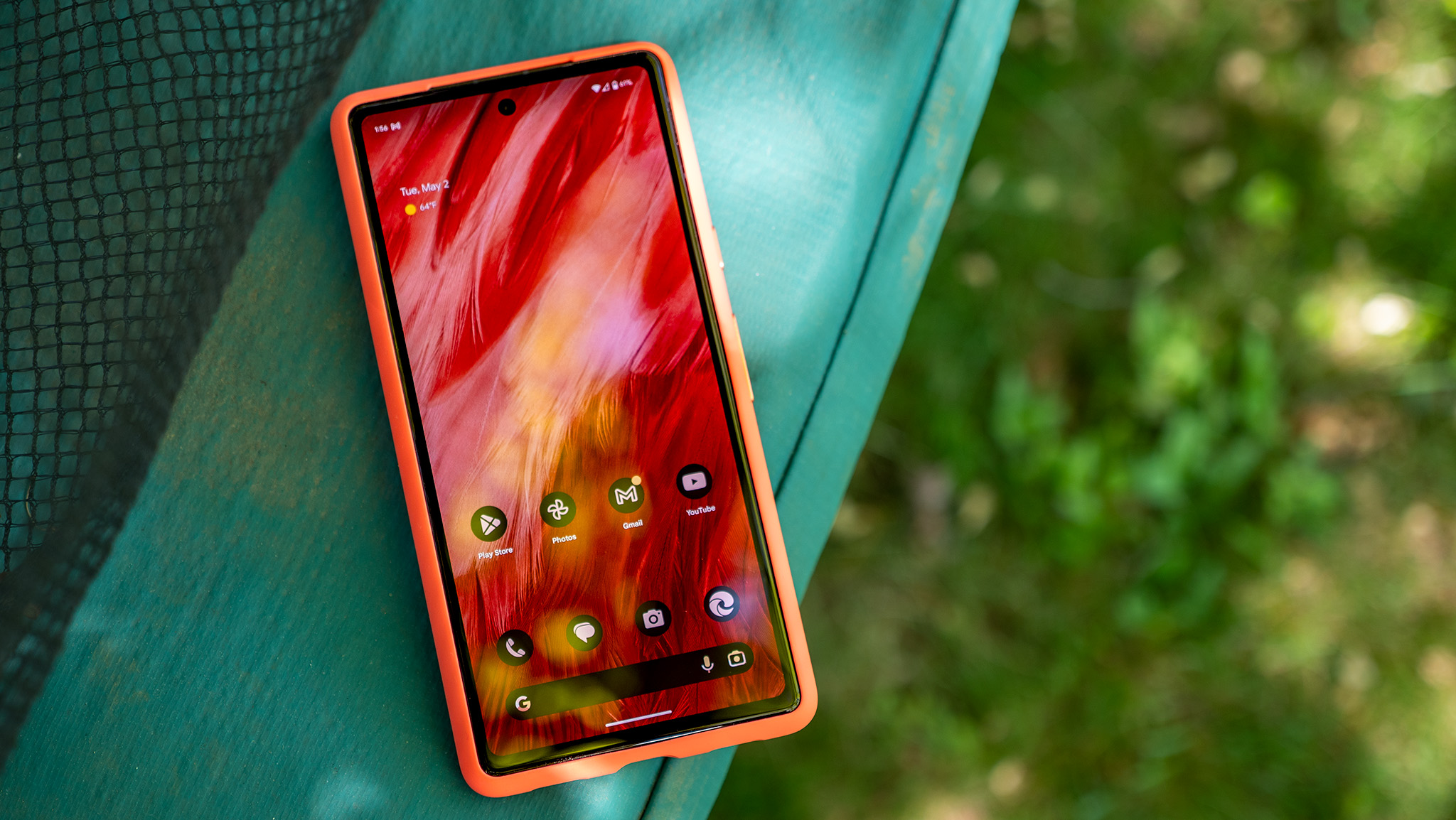
Considering how much we loved its predecessor, the Pixel 6a, Google had some seriously big shoes to fill with the Google Pixel 7a. Thankfully, not only did they deliver, but actually exceeded our expectations. We even went so far as to call the phone the “best Pixel Google has ever built” in our Google Pixel 7a review last year.
With a starting price of just $499, the Pixel 7a offers some truly outstanding bang for the buck, thanks to specs like the Google Tensor G2 chipset (the same processor found in the more-expensive Pixel 7 Pro), glorious haptics, and camera tech that rivals some of the best Android phones that money can buy. Pound for pound, we found that the Pixel 7a performed just as well as the more expensive Pixel 7 (and Pixel 8) in most of our tests.
You also get Android 14 plus five years of Pixel updates guaranteed and 5w wireless charging (limited but a first for its series). The downsides? The Tensor G2 processor tends to run pretty hot, so folks who do a lot of mobile gaming or heavy workloads might find the phone gets pretty toasty. The Pixel 8a is out now and solves those issues, which is why when the two are being sold at the same price, the Pixel 8a is easily the better buy.
But this phone is a year old, and especially with the looming snowstorm of savings known as Black Friday on the horizon, the Pixel 7a is much easier to find on sale. If you can save over $60, I recommend the 7a over the 8a.
Best design
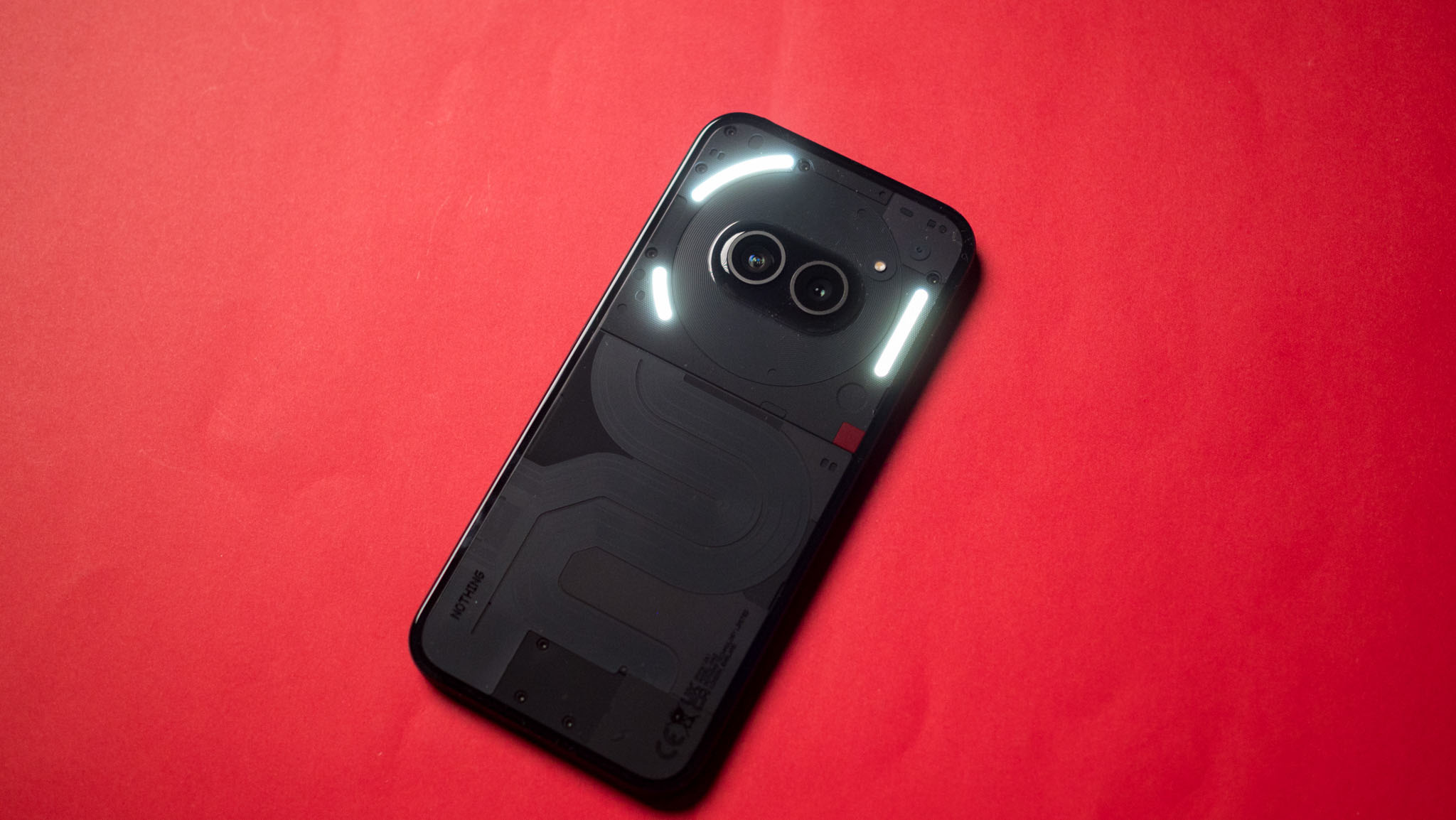
The Phone 2a is Nothing’s first-ever budget smartphone, and it carries the same quirky DNA as its pricier siblings. The transparent back panel, meticulous attention to detail, and the Glyph lights are some of the unique features that make it the best-looking phone in this segment.
In our Phone 2a review, we noted that we were mighty impressed at what the company has pulled off here. The 6.7-inch AMOLED display is pretty to look at, and colors and brightness levels are satisfactory. The phone is powered by a MediaTek Dimensity 7200 Pro SoC, which is more than adequate for casual use. The see-through back panel looks classy and even though it doesn’t have the same premium materials as its pricier sibling, it still maintains an excellent in-hand feel.
The Phone 2a has a large 5,000mAh battery with relatively quick charging. The camera specs on paper are also quite good, and from what we’ve tested so far, they perform very well compared to the other phones of its class.
The only catch with the Nothing Phone 2a is that you can’t buy it outright in the US. The company doesn’t have any plans at the moment to put it on open sale. However, you can try your luck getting it via Nothing’s developer program from its website for $349.
Best for Galaxy fans
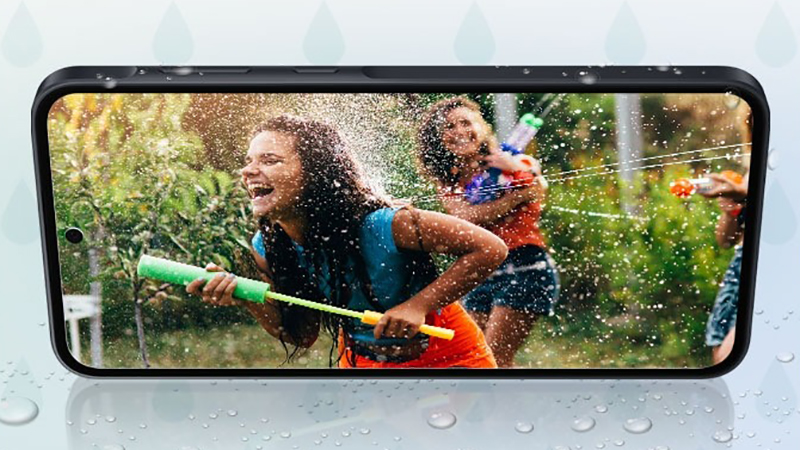
The Galaxy A Series continues to be one of Samsung’s greatest achievements, with solid specs and nice designs on mid-range and low-end phones. We were massive fans of the Galaxy A53 and A54, but unfortunately, the Galaxy A55 and its prismatically colored beauty did not come to the United States. Instead, we get the Samsung Galaxy A35, but apart from lacking the A55’s metal frame, both phones share most of their design and features.
Boasting a typically vibrant 6.6-inch AMOLED screen with a 120Hz refresh rate alongside the ultra-efficient octa-core Exynos 1380 processor, a large 5,000mAh battery, and 6GB of RAM with 128GB storage capacity, the A35 sports almost the exact same internal specs as its predecessors.
The cameras here are a bit weaker than the Galaxy A54 — the ultrawide and selfie cameras are both smaller sensors — but they’ll be fine for daytime use, but you do get many of the tools from the Samsung camera toolbox that we’ve come to know and love (or hate, at times). If you’re after camera performance in a $400 phone, you’ll want to look for deals on the Pixel 7a, after all.
As with all of the best Samsung phones, device longevity and security are the focuses of the Galaxy A35. The A35 and A55 are the first among the A-series to support Samsung’s Knox Vault, the security hardware layer the Galaxy S line has had for the last three years.
Best under $300
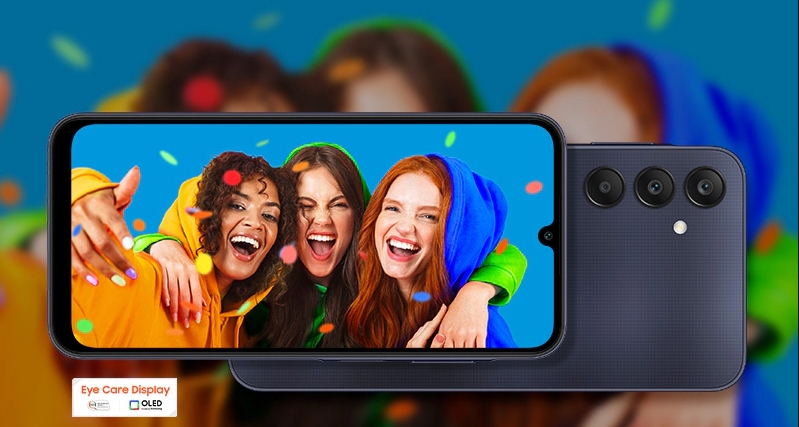
The Samsung Galaxy A25 5G gets a much needed upgrade from the Galaxy A24, and that’s the addition of 5G network support. The phone is now powered by Samsung’s Exynos 1280 SoC, and is offered is various RAM and storage configurations (location dependent). It comes with a large 6.5-inch Full-HD+ AMOLED display with a 120Hz refresh rate. You also get expandable storage, but the microSD slot is shared with the second SIM slot.
The Galaxy A25 5G runs One UI 6 which is based on Android 14, and Samsung has promised four years of OS updates. It has a large 5,000mAh battery, but charging is limited to 25W. One big inclusion is optical stabilization for the main 50MP camera, which is good to see at this price. You also get an 8MP ultrawide and a 2MP macro camera on the back, and a 13MP selfie camera.
Best under $200
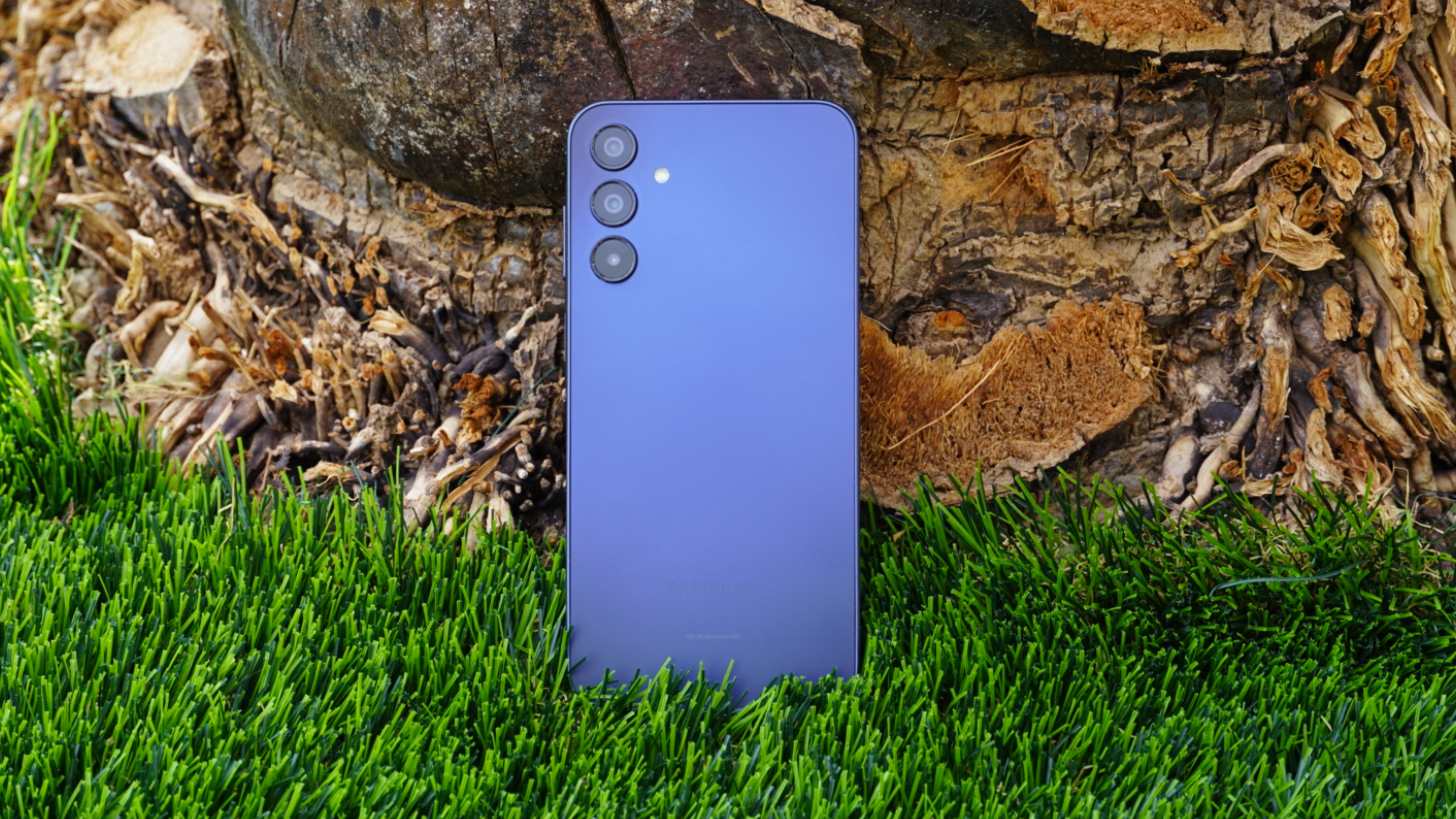
Samsung offers a lot of smartphones for $200 with the new Galaxy A15 5G, making it an amazing budget option for your kids’ first phone. A lot has been improved from the Galaxy A13 5G which used to be on our list, such as a better AMOLED display, the latest version of Android, quicker wired charging, and upgraded cameras.
The visual aspect has also been overhauled as the A15 5G looks more modern, and from the rear, it looks similar to Samsung’s pricier A-series models or even its S series. However, you can’t expect anything more than a plastic build at this price, and the Blue Black colorway tends to look a bit cheap in our experience.
Coming back to the positives, the 6.5-inch AMOLED display has a Full HD resolution which means icons and text end up looking decently sharp. Colors are also vibrant and punchy, making it great for binge-watching videos. The MediaTek SoC can handle basic apps well enough, but the problem is the stingy 4GB of RAM which tends to make app-launching and multitasking painfully slow. Thankfully, a microSD card slot is supported for expanding the 128GB of storage.
The cameras on the Galaxy A15 5G pleasantly surprised us. The main 50MP snapper can capture more than passable photos, and did the macro camera for a change. The ultrawide was quite underwhelming, but at least it’s there when you absolutely need it. Battery life is one of the main highlights of this phone. The 5,000mAh battery can easily get you through one full day, and maybe more depending on your usage.
For more options in this price range, check out our guide to the best Android phones under $200.
Best stylus phone
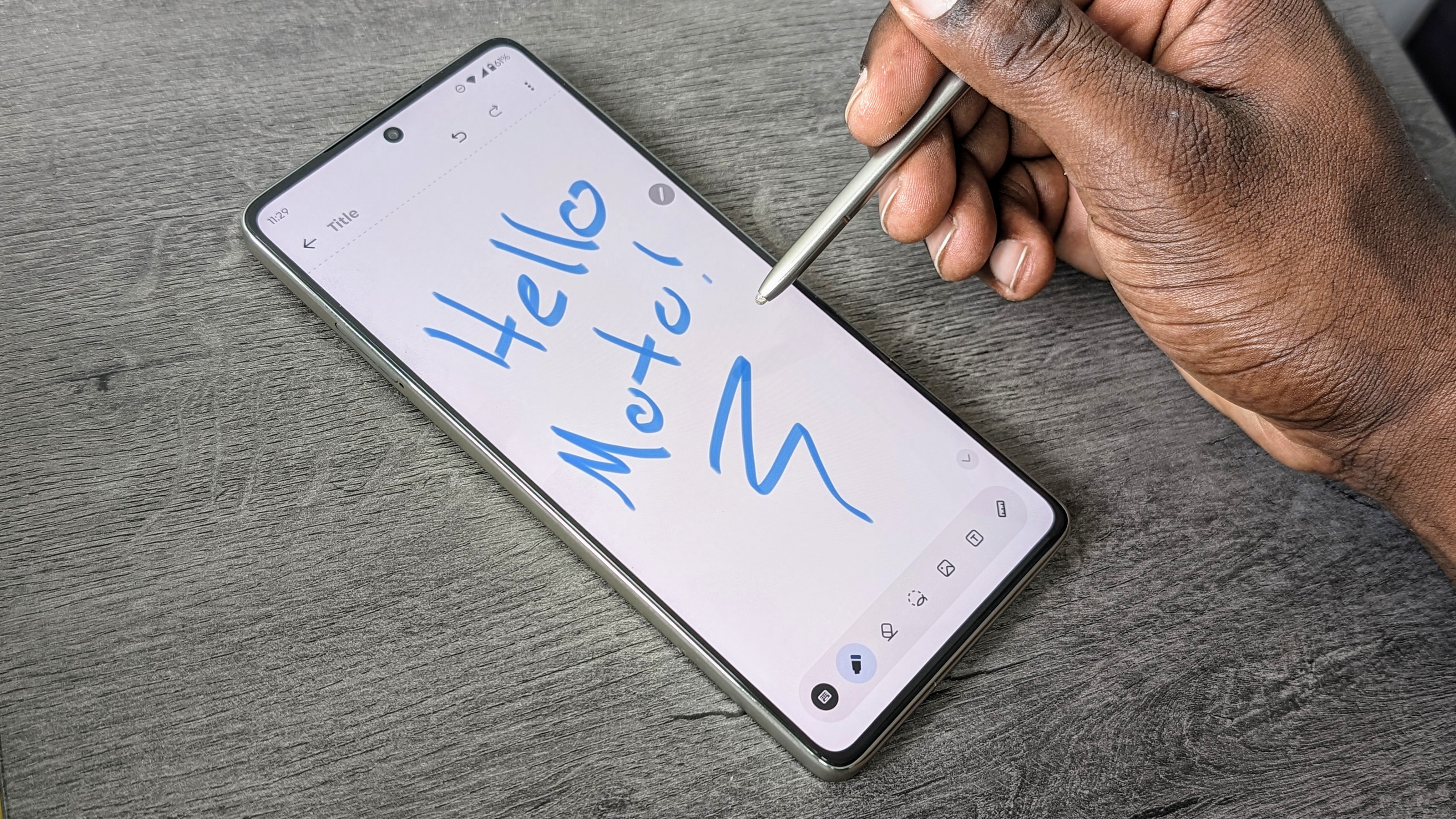
It can be challenging to keep track of all the value phones Motorola has in its lineup, but one that manages to stand out is the Moto G Stylus 5G (2024). Along with being one of the few Android phones that comes with a built-in stylus, it’s also just a near-perfect combination of specs, features, and value.
You’re getting a large 6.7-inch display that looks great, and thanks to the 120Hz refresh rate, this one will feel a lot more expensive than it is because of the smooth presentation, a premium feel further boosted by the vegan leather back. There’s also ample performance thanks to the Snapdragon 6 Gen 1 processor, along with 128GB of built-in storage and a very large 5,000mAh battery. Given the affordable price of the G Stylus, these are all impressive specifications.
As the name implies, the main draw to the Moto G Stylus 5G (2024) is its built-in stylus experience. It’s certainly not the most premium stylus we’ve ever used, but it works well enough for drawing, note-taking, etc. It can also be stored seamlessly at the bottom of the phone when you aren’t using it, which is a nice touch that ties the whole experience together.
In addition, this is the only phone on the list to feature 15W wireless charging, as Samsung’s Galaxy A-series is missing it entirely and the Google Pixel only offers 5W wireless charging.
How to choose
What is the best cheap Android phone to buy?
Why you can trust Android Central
Our expert reviewers spend hours testing and comparing products and services so you can choose the best for you. Find out more about how we test.
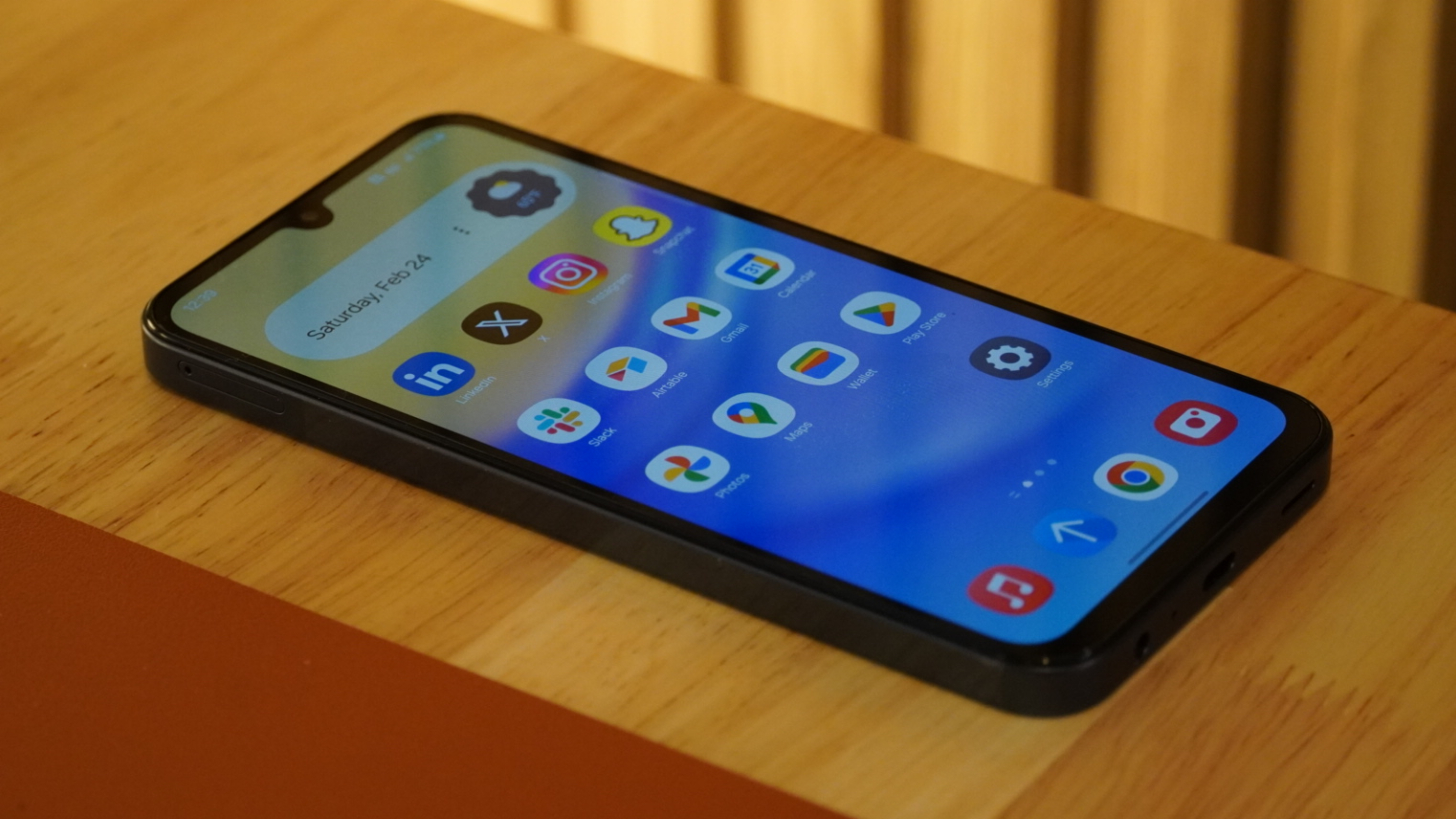
Without a doubt, the Google Pixel 8a is the best phone under $500 — but fortunately, we’re living in a day and age that’s full of excellent and affordable smartphones.
So, how should you choose a cheap Android phone?
Most people have a budget to stick to, and that’s where deciding the right budget-minded phone comes into play. You want to pick a phone that’s not just in your budget, but one that will last a while, too. That way, you’re not spending even more on yet another phone upgrade shortly down the road.
But before you even think about a phone’s processor, cameras, or storage space, you need to think about connectivity. All modern phones support Bluetooth earbuds and Wi-Fi, but not all phones support all cellular networks. Make sure the phone you’re looking for supports your network of choice, especially if you are choosing an unlocked phone from the list.
The quickest way to end up with a phone that feels sluggish and old is to undersell yourself on the phone’s chipset.
Next, keep a phone’s processor in mind before pressing that buy button. The quickest way to end up with a phone that feels sluggish and old is to undersell yourself on the phone’s chipset.
Lots of phones feature Qualcomm’s Snapdragon processors, but that doesn’t mean all of them are worthwhile. Unless your budget absolutely doesn’t allow for anything faster, you probably want to avoid any phone powered by a Snapdragon 400-series or lower chipset. Those phones are really only good as communication devices and for browsing the web or social media.
Likewise, MediaTek’s Dimensity series of processors are the only ones you want to consider from the company. Phones like the TCL Stylus 5G — which is only available at T-Mobile — sport the excellent MediaTek Dimensity 700 5G chipset, which is speedy enough for just about anything you throw at it.
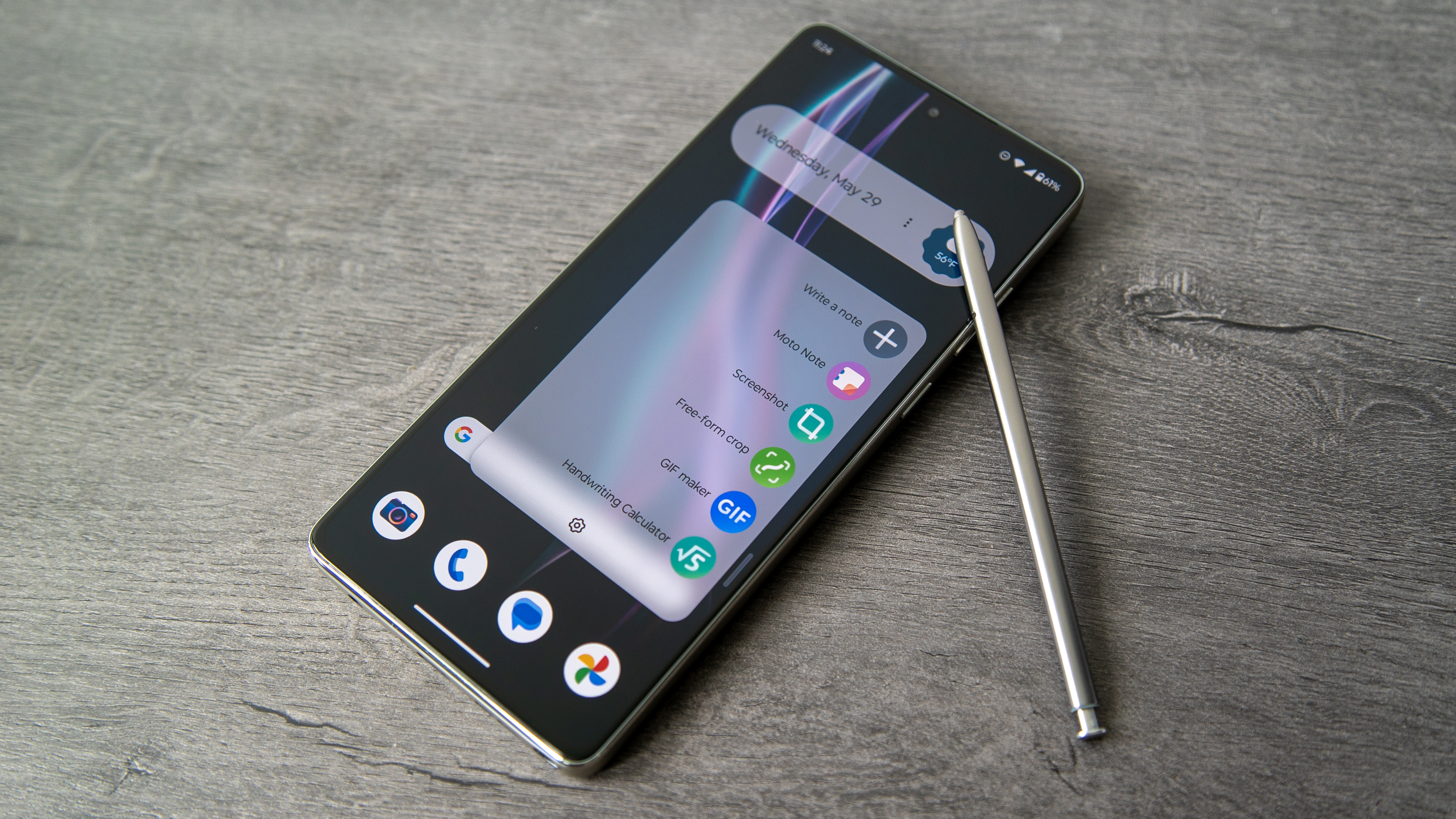
Storage isn’t much of a concern these days thanks to excellent cloud storage services like Google Photos.
You’ll also want to make sure your new phone has at least 6GB of RAM if you’re ever planning on doing more than one thing at a time on it. Less RAM means the phone has less memory to store opened apps, creating a scenario where apps take a long time to load and often have to reload if you switch back and forth between apps.
Storage isn’t much of a concern these days, thanks to excellent cloud storage services like Google Photos, which can offload the photos and videos you’ve taken to a safe and secure cloud drive. That means they not only won’t be taking up precious space on your phone, but they’ll also be securely backed up in case something happens to your phone.
Services like Google Photos also archive your photos and make it easy to search for even the most minute details, like your old black and white cat or the blue shoes you wore to that wedding several years ago.
With a few exceptions, the cameras on the phones above will all deliver a good experience in most lighting conditions.
Cameras on smartphones have become increasingly important over the years, and, with a few exceptions, the phones above will all deliver a good experience in most lighting conditions. As these are less expensive phones, you’ll need to be aware that most models will only take great pictures in adequate light. Phones like the Google Pixel 8a or OnePlus 12R offer great low-light support, and that function is becoming more common on phones even under $300 these days.
No phone on this list has poor battery life, but some folks might have a unique need for a smartphone to last more than a single day on a full charge. We’ve noted that several options above will offer that but specifically highlight one phone as having the best battery life of them all.
The bottom line on cheaper Android phones
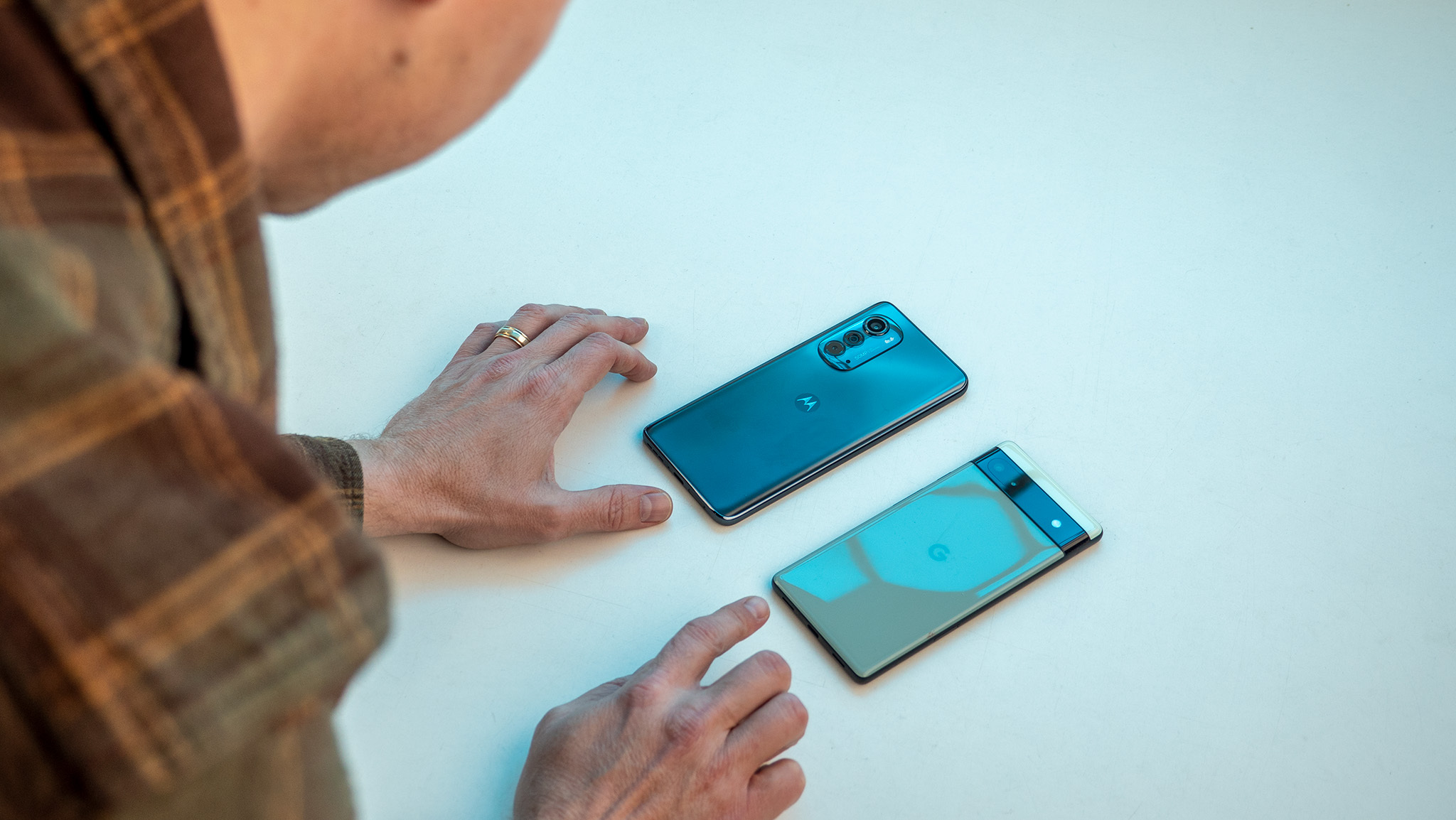
Most Android phones these days are pretty good, but a few stand above the rest. We’ve outlined many of our favorites here but if you want a few more options and are on a tighter budget, we’ve got picks for the best phones under $300 and the best phones under $100 . Each of these categories comes with a few concessions but, if you’re looking for a specific niche — like a stylus — you’ll find a few more options there.
Just remember, though, that you’re paying hundreds less than what it costs to buy a Samsung Galaxy S24 Plus or Pixel 9 Pro. While those phones might offer faster processors, better cameras, or brighter screens, they’re extremely expensive to replace if they accidentally get broken. Splurging on the best overall phone that throws in everything and the kitchen sink isn’t always the ideal solution — especially when you’re looking to cut costs.


